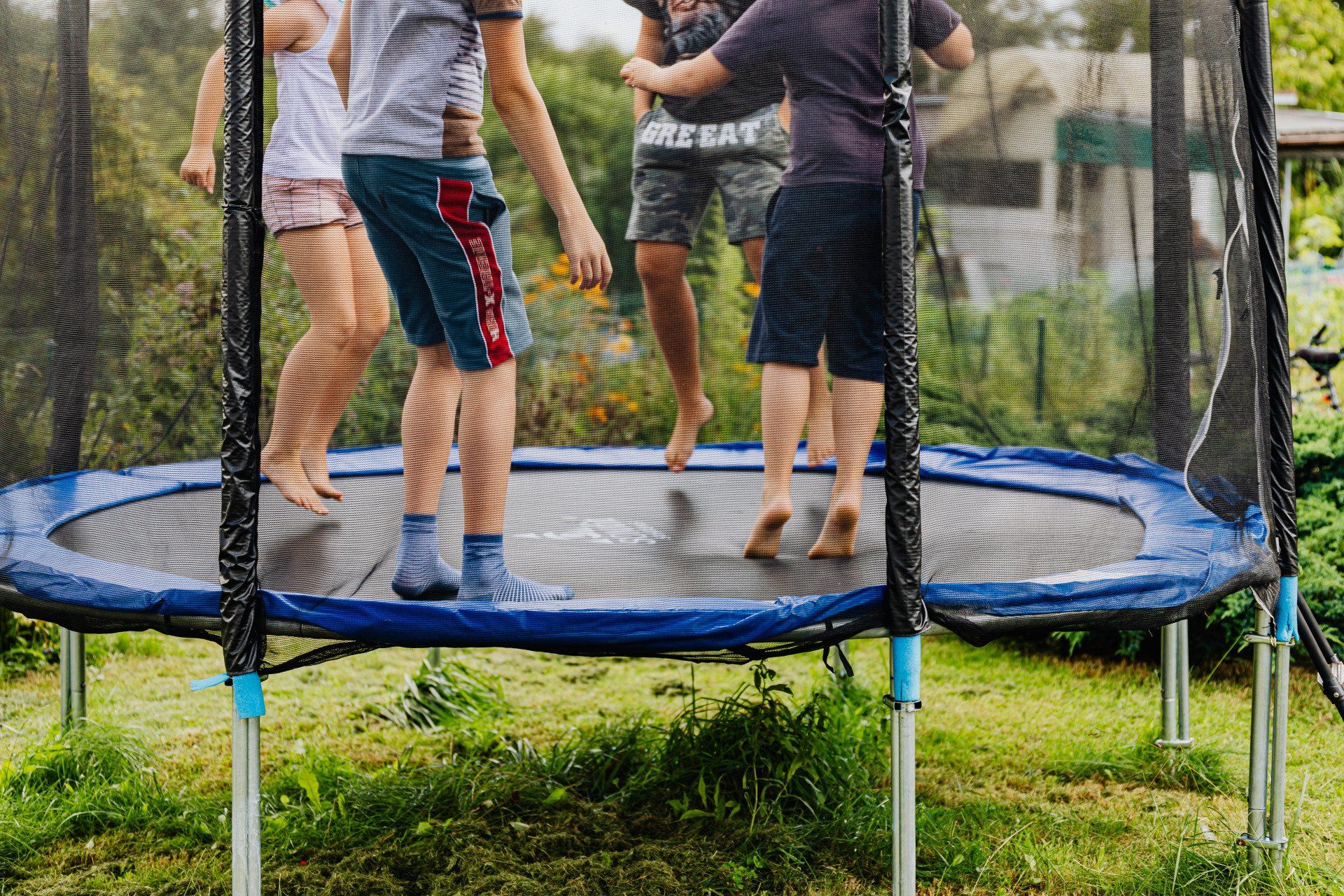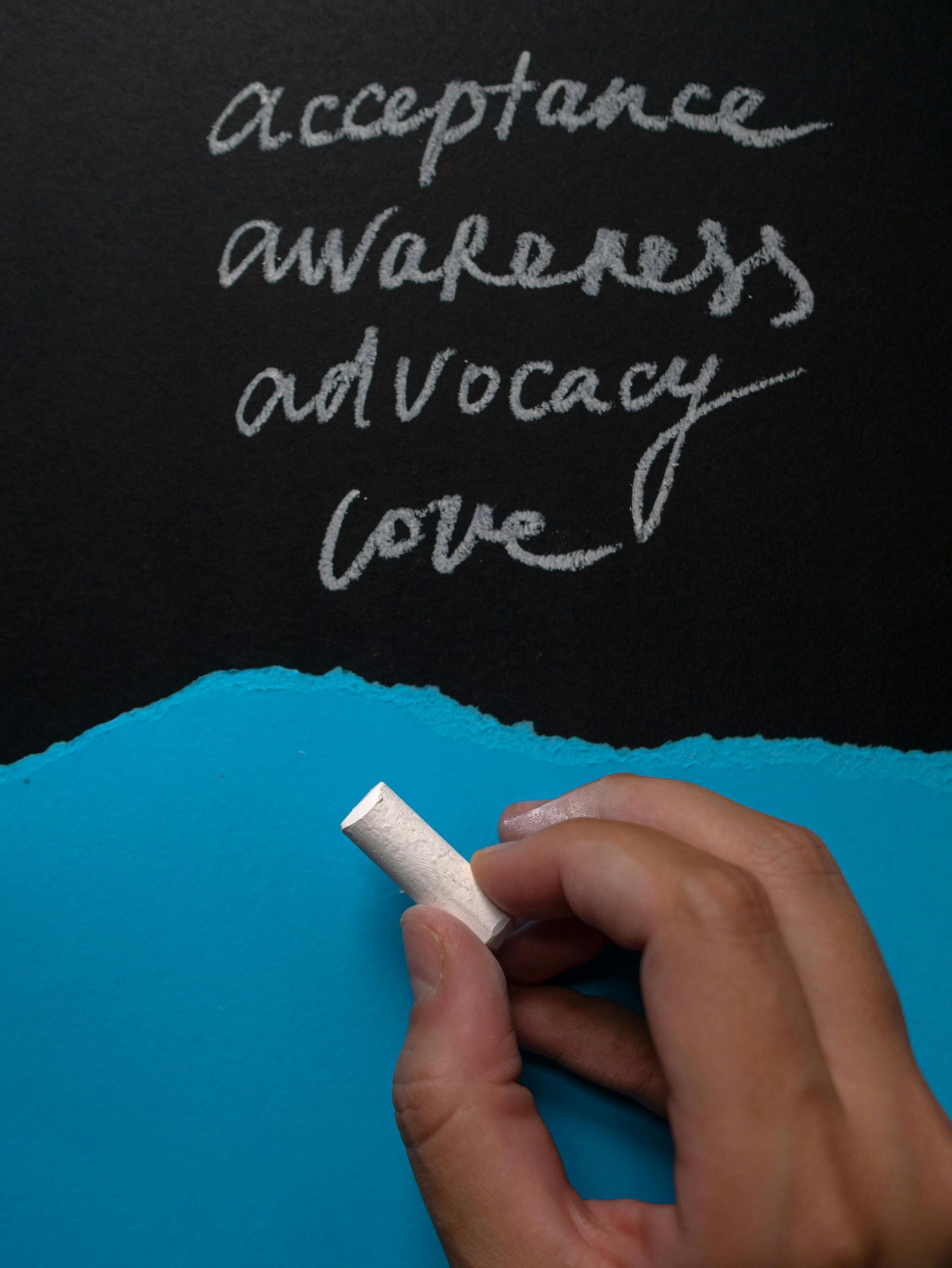Why Consistency Is Key in ABA Services: Setting Your Family Up for Success!
When it comes to helping your child succeed in Applied Behavior Analysis (ABA) therapy, one word comes up over and over—consistency. But what does that really mean? And why is it so important? Whether your child is at home, in school, or receiving therapy at a clinic, maintaining consistency in behavioral interventions and data collection can make a world of difference in their progress.
What Does Consistency Look Like?
Consistency in ABA isn’t just about sticking to a routine. It means that everyone involved—parents, caregivers, teachers, and therapists—are all on the same page when it comes to reinforcing positive behaviors and following through with interventions. This includes:
- In-Home Consistency: Are mom, dad, grandma, and other caregivers applying the same behavior interventions and reinforcement strategies when the therapist isn’t there?
- School Consistency: Is the school following the same behavior plan, or are they unintentionally reinforcing challenging behavior?
- Therapy Sessions: Whether your child is receiving therapy at home, in a clinic, or daycare setting—are interventions applied consistently when the Registered Behavior Technician (RBT) or Board Certified Behavior Analyst (BCBA) isn’t present?
When consistency happens across all these environments, progress happens faster. But when it’s lacking, it can slow things down and make it harder for your child to succeed.
Why Is Consistency So Important?
ABA therapy works by reinforcing positive behaviors while reducing challenging ones. But if expectations change from one setting to another—or if different caregivers handle situations differently—your child can become confused.
Inconsistent responses = mixed signals.
For example, if a child is learning to ask for a break when feeling overwhelmed, and mom reinforces that behavior at home, but grandma unknowingly gives in to a tantrum instead, the child may revert to using the tantrum.
Inconsistent data = missed opportunities.
When different people aren’t tracking behaviors or interventions correctly, it’s harder for your BCBA to adjust the behavior plan and ensure therapy is working as effectively as possible.
Real-Life Examples: How Inconsistency Slows Progress
Example 1: Home vs. Clinic
At the clinic, your child is learning to use words to ask for a snack. But at home, if they sometimes get the snack without using their words, it can be confusing for them. They may start to rely on that approach instead, which can slow down the progress they’re making in therapy.
Example 2: School vs. Home
At school, teachers may not always be able to follow the behavior plan perfectly, and sometimes, a child might walk away from a task to avoid it. If this happens regularly without the same strategies used in therapy, it can become a familiar pattern that’s harder to change in other settings.
Example 3: With and Without the Therapist
During an ABA session, the therapist might use a strategy like planned ignoring to help reduce attention-seeking behavior. But if, after the session, family members respond differently and give attention for the same behavior, it can be confusing for the child and make it harder for those behaviors to fade over time.
How Can You Promote Consistency?
✅ Stay Connected:
Regularly check in with your BCBA and RBT to ask questions and get helpful updates on your child’s progress.
✅ Stick to the Plan:
Try to follow the behavior intervention plan (BIP) as consistently as possible to reinforce positive behaviors.
✅ Keep Track When You Can:
Even when therapy isn’t happening, jotting down notes about behaviors can give the ABA team valuable insights to adjust the plan if needed.
✅ Get Everyone on the Same Page:
Encourage open communication with family members, caregivers, and teachers so everyone is aligned on the strategies that work best for your child.
Consistency Creates Faster Progress
When everyone involved is consistent, your child learns faster, behaviors improve more quickly, and therapy can be more effective. It takes teamwork, but the rewards are worth it!
If you’re ready to learn more about how to maintain consistency and help your child thrive, contact Vilij ABA today!










